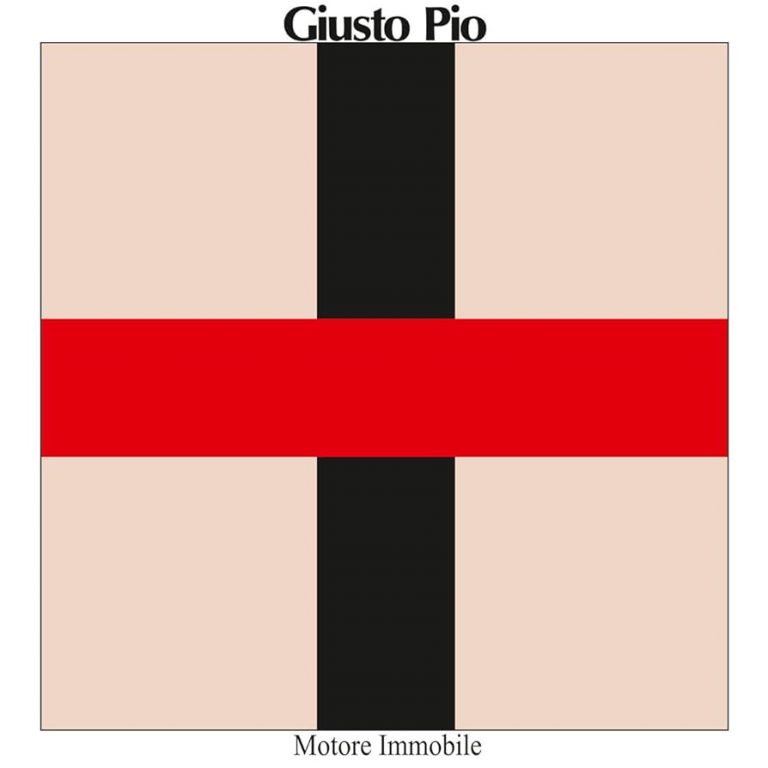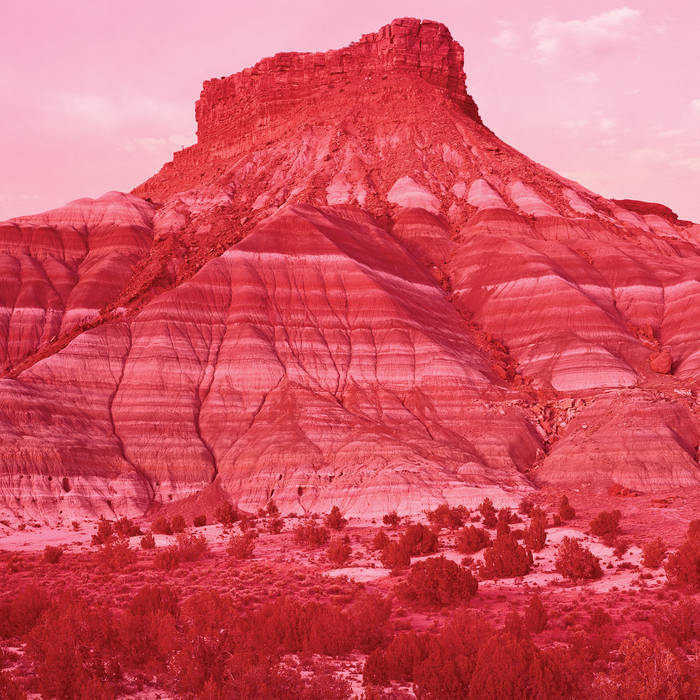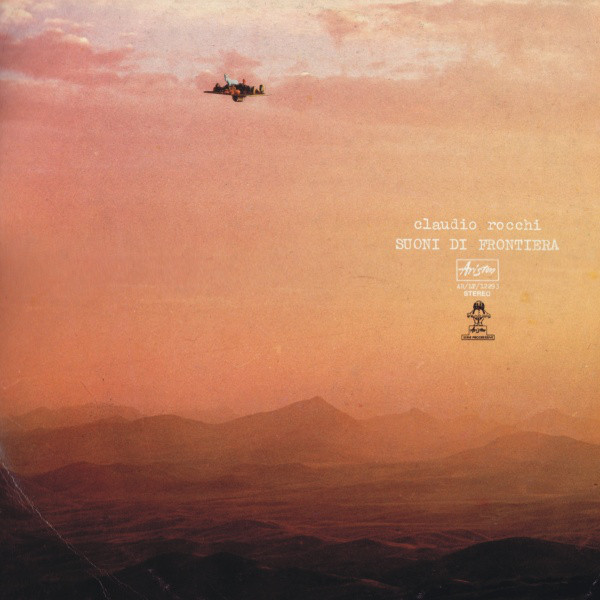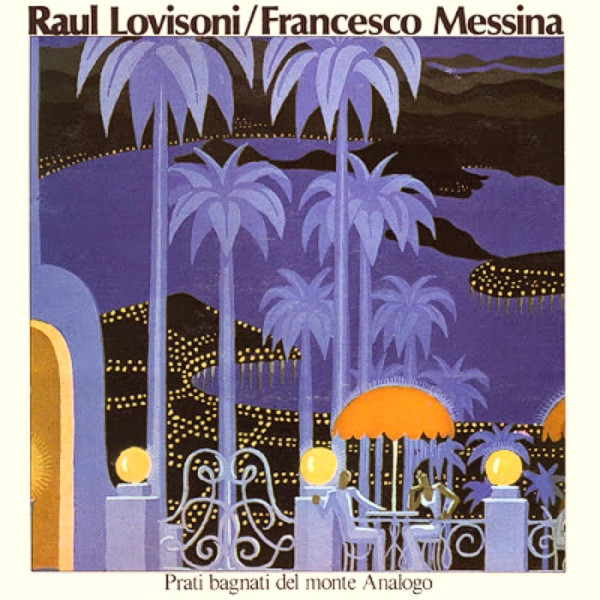
Prati Bagnati Del Monte Analogo [The Wet Meadows Of Mount Analogue] by Lovisoni & Messina is the record that inspired me to start Mediterranean Minimalism. For me, minimalism a là Mediterranea describes a gentler version of American repetitive music, less focused on rhythm and more on harmony, exemplified by a string of (mostly overlooked) albums produced in Italy in the 1970s.
In other words, Italian minimalists are less upbeat and more classical, balancing experimentalism with a distinctive melodic sensibility. Prati Bagnati Del Monte Analogo best exemplifies this approach: Lovisoni and Messina’s joint record has a classic flair unknown to American minimalism and a dreamy atmosphere that veers towards kosmische Musik.
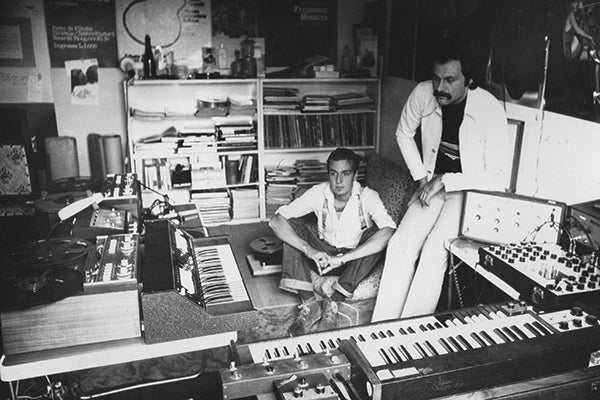
The two started making music together after meeting in 1978 at a concert by avant-garde luminary turned pop guru Franco Battiato, an artist they both admired greatly.
At the time Raul Lovisoni (b. 1954) was a mystically inclined art student who played guitar and flute in local beat bands in his hometown of Cervignano del Friuli, near Udine in northern Italy. Raul had met Battiato at a prog-rock festival in Naples in 1973, the start of a lasting friendship based on their mutual interest in spirituality and Eastern philosophy.
An Udine native as well, art director and synth enthusiast Francesco Messina (b. 1952) had just founded his graphic studio Polystudio in Milan when he began collaborating with Battiato in 1974. Messina is the mastermind behind the musician’s most celebrated record covers and his lifelong partner on a myriad of art, music and video endeavours recounted in his memoir Ogni Tanto Passava una Nave: Viaggi e Soste con Franco Battiato [Every Now and Then a Boat Passed by: Travels and Stays with Franco Battiato].
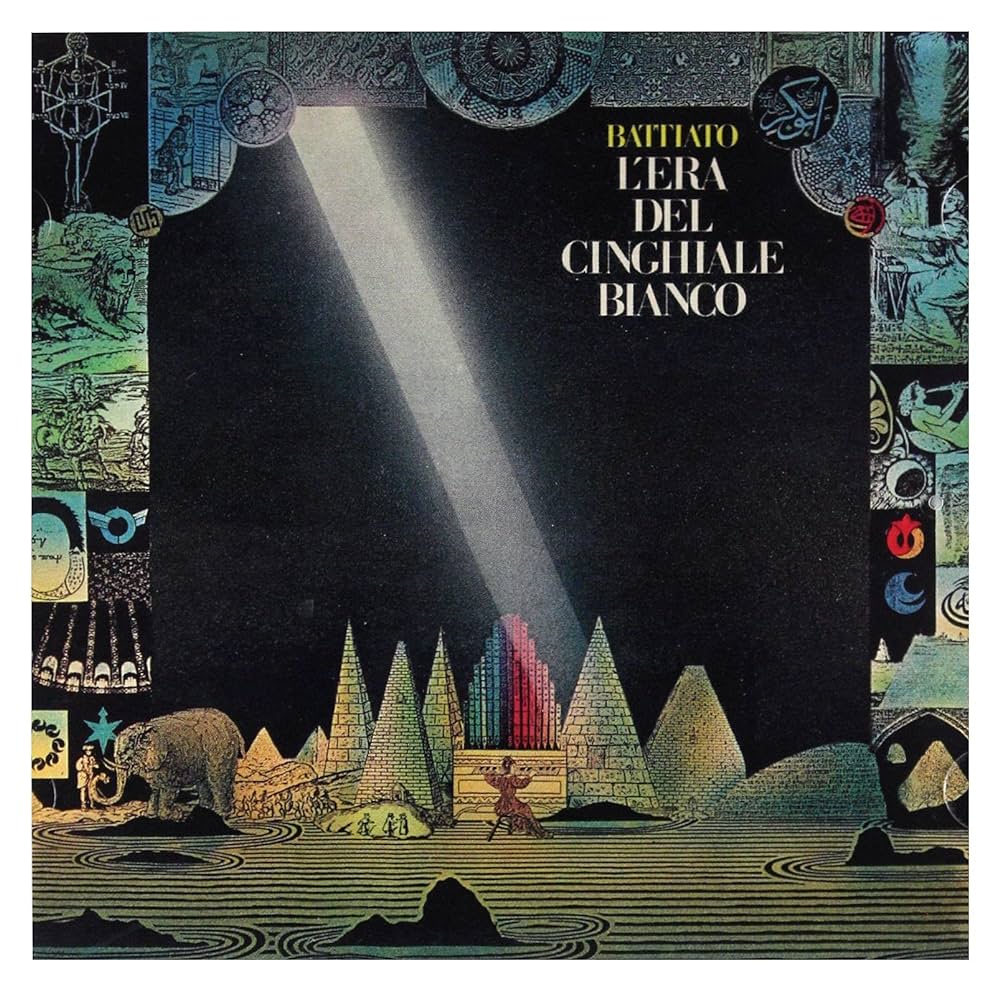
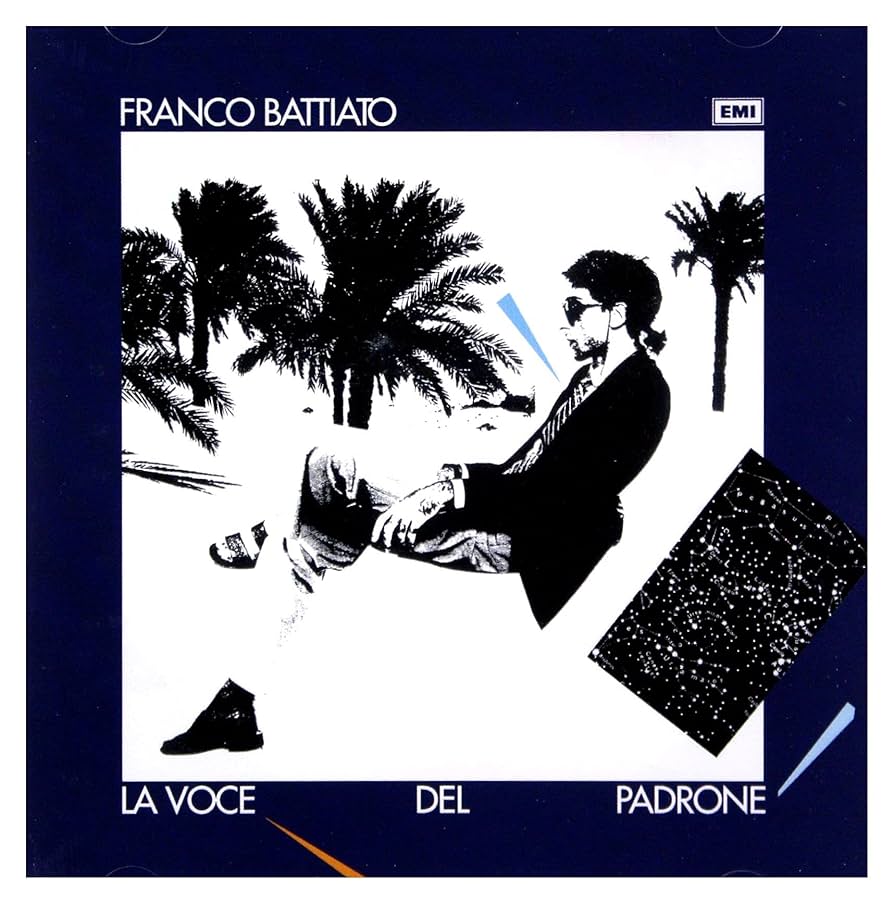
Battiato didn’t just play a key role for their meeting, but was also instrumental in making Lovisoni and Messina’s first and only record happen: he pitched Prati Bagnati Del Monte Analogo to Gianni Sassi, the founder of famed avant-garde label Cramps, and featured as its main producer.
The LP title refers to Rene Daumal’s unfinished novel Mount Analogue: A Novel of Symbolically Authentic Non-Euclidean Adventures in Mountain Climbing (1952) which famously inspired Jodorowsky’s cult movie The Holy Mountain. The book describes the journey of a group of spiritual seekers trying to climb the invisible Mount Analogue and it’s based on the teachings of Armenian mystic Gurdjieff, spiritual master of both Daumal and the Battiato crew. In a recent interview, Francesco Messina recalled:
In him [Daumal] I felt a very strong assonance with what we were studying under Henri Thomasson, who had been a direct student of Gurdjieff. Especially when it comes to meditation practices […]. The connection with The Mount Analogue was closely related to the expression of that spiritual path.
Indeed, Prati Bagnati Del Monte Analogo is a record of devotional music, underpinned by a quest for harmony which sets it apart from the early US minimalism. Fittingly, Lovisoni graduated art school with a dissertation about the literal unhealthiness of serial music, referring to greenhouse experiments on bean plants which had shown that Indian and baroque music favoured their growth, while atonal compositions stunned their development. Raul went as far as to argue that twelve-tone music is unhealthy for humanity as well, by contrast associating tonality with the natural order of things and the production of “joyful endorphins”.
In line with these premises, which parallel the minimalists’s rebuke of serial music, Prati Bagnati Del Monte Analogo is made of reduced elements, strictly tonal, gently repeating themselves to set the listener in a meditative mood. Each artist contributed to one side of the record: Francesco Messina’s title track occupies the entire A-side and Lovisoni’s two shorter compositions feature on the B-side.
Messina’s piece is an elegant proto-ambient suite of repeated piano scales sparsely accompanied by synths, changing ever so slightly and opening up to distant melody in loop at mid-piece. There’s an ascending energy to the track, as its gentle progression toward its peak of sustained synth notes would mimic the pilgrims’ way to the mountaintop.
Heavily influenced by the piano work in Battiato’s L’Egitto Prima delle Sabbie, Prati Bagnati Del Monte Analogo (the track) sets out to explore the spaces between the notes, highlighting hidden harmonics that each instrument generates as a consequence of reiterated repetitions.
Lovisoni’s pieces similarly thrive on patterns and resonances, their atmosphere, however, less ethereal and more earthly than Messina’s composition. In the original liner notes, the musician describes his work as one of a cathedral builder creating “architectures of experience” made of sounds:
These sounds are a mere means: their order, either strict (Hula Ohm) or hopefully abandoned (Amon Ra), aims at the feeling they can evoke in the heart or at the synthesis they can inspire. Once, the rational spirit controlled the musical structure (it has been called “architecture of music”); today we are able to reconstruct sound environments (so-called “architecture of experience”).
The first sound environment “Hula Ohm” brings back suggestions of Ancient Greece, reimagining the classical roots of the Mediterranean. The harp piece is tuned to the Pythagorean scale, arranged in a mathematical pattern that phases slightly as the piece progresses, leading from the initial melody to a vertical sequence of chords.
The closing “Amon Ra”, described by Lovisoni himself as “an act of devotion to the sounds that surround our sleep”, is a gentle invocation to abandon oneself to oblivion featuring the raga-inspired vocals of Juri Camisasca, another friend and close collaborator of Battiato’s. It’s a very restrained piece which sounds as if it were made of thin air, vibrating to the delicate tones of the glasspiel, crystal glasses made to resonate by wet fingers.
The album wasn’t very successful at the time of its original release, but it slowly and steadily grew to a long deserved international cult status. A 2007 Japanese bootleg introduced the record to new audiences and some notable endorsements helped along the way – Porcupine Tree and, more recently, Marta Salogni, who opened the very first performance of ‘Prati Bagnati Del Monte Analogo’ by Messina in Milan in 2023. Die Schachtel reissued the LP in 2013 with a new, more sombre design concept and Superior Viaduct followed suit in 2018, keeping the original artwork.
Funnily enough, the original cover was at the centre of a heated debate that almost prevented the record’s release. As he detailed in his autobiography L’Uomo del Fiume [The Man of the River] (2021), Lovisoni hated the illustration by Cramps’ manager Gianni Sassi with a passion: “this was a record of sacred music and the night party proposed by Sassi was, what should I say, blasphemous. Sassi became furious, threatening to stop the LP pressing”. Once again, it was Franco Battiato who put everything back into place “with his intelligence and mediation skills”.
Four decades later, Lovisoni admitted that the artwork was a great choice, echoed by Francesco Messina who also expressed his appreciation for Sassi’s art deco sensibility.
I think the cover is just perfect. Its enigmatic Dolce Vita night scene captures flawlessly the atmosphere of the record: it’s an image of classic beauty, subdued and sophisticated, alluding to something that remains unseen, exactly like the music of Prati Bagnati Del Monte Analogo.
